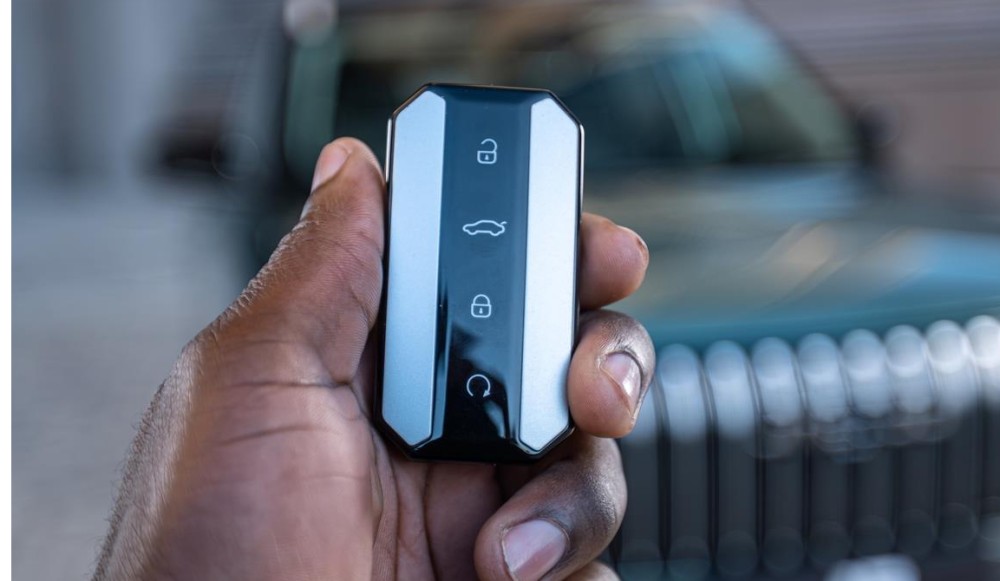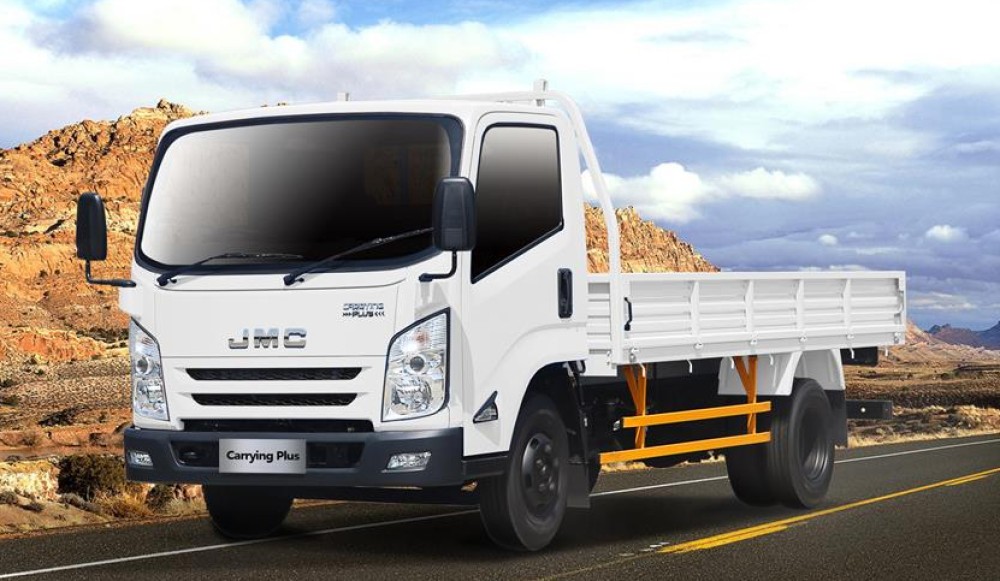Your car is probably equipped with one of these safety assistants, but what is the difference between them?
All new passenger vehicles sold in the European market since 2014, or in the USA since 2012, are required to have electronic stability control fitted as standard equipment. This electronic safety aid is not mandatory in South Africa, however, enabling importers to sell car from developing markets here, because those markets are similarly free from this requirement.
What is traction control?
When the torque on the driving wheels exceeds the tyres’ mechanical grip limits, the contact patch will be subjected to large-enough forces to cause slippage between the tyre and the road surface. This is typically more common in lower gears and higher-powered cars, but even vehicles with relatively little power can easily overcome the traction limits on less-than-ideal surfaces. This creates an obvious safety hazard, because spinning drive wheels could easily become the first step towards losing control of the vehicle.
To alleviate this problem, manufacturers devised some methods to momentarily reduce the engine’s output when the wheelspin is detected. In some early cases, the ignition of random cylinders were cut, which induced a misfire to reduce the torque. However, this practice soon fell out of favour due to potential damage to the catalytic converters.
The next step entailed reducing output by closing an extra throttle butterfly, effectively depriving the engine of air when wheelspin is detected. Early BMW and Lexus traction control systems used this arrangement, where the air supply to the engine’s throttle body could be reduced by closing a secondary throttle valve in the air stream before the intake manifold. Later engines with electronic throttle control (drive-by-wire throttle) eliminated the need for additional butterfly valves, greatly simplifying traction management.
This approach has one major disadvantage, however, because it is a reductive system. Rather than manage the available power according to the road conditions, it simply reduced power to adapt to adverse road surfaces. And, on very slippery roads, this could simply result in the car not moving at all - that's why it's usually possible to switch off such systems, at least temporarily.
Controlling the wheelspin rather than just reducing the power was the next obvious solution, and this became possible thanks to the widespread adoption of ABS. By electronically instructing the ABS pump to pulse some braking force to a spinning wheel, the wheelspin could be eliminated without reducing the engine’s output.
Due to the operation of the differential, the torque could then be transferred to the drive wheel with more traction, thus gaining forward motion instead of simply bogging down. This delayed any power reduction in an effort to regain traction, and enabled even open-differential vehicles to emulate limited-slip operation in certain conditions.
This marked the end of normal traction control’s separate evolution, because the next step to occur took this this technology into a much more-advanced direction.
What is stability control?
Stability control is the logical extension to traction control, but expands its operation to not only eliminate wheelspin under power but also to reduce the possibility of losing lateral traction grip as well. Using the fundamental elements from traction control and the ABS but including steering angle- and yaw sensors (accelerometers) to the system, a whole new world of vehicle control opened up.
By considering the vehicle’s individual wheel speeds, steering angle, and lateral acceleration, the stability control system can predict when a loss of control is imminent. When such a condition is detected, the system goes to work by modulating the engine’s output via its throttle control to increase stability, and selectively applies the brakes to control the trajectory of the vehicle.
Inducing brake drag at specific wheels forces the vehicle to change its direction, in much the same way as changing the steering wheel angle will change its direction. This allows the stability control system to counteract any wayward behaviour as soon as the vehicle is about to slide or topple over.
Further handling benefits
Integrated braking- and power management system can also be used to quell wayward dynamic behaviour. If the vehicle wants to snap into oversteer, the outside front wheel or inside rear wheel is braked to induce slight understeer instead, and understeer is reduced by braking an inside front wheel to induce more yaw (rotation about the vehicle’s vertical axis).
This technique, called torque vectoring, is a fairly recent development that exploits the stability control system’s hardware further. To emulate the action of a mechanical limited-slip differential, it applies the brakes to a spinning wheel in order to send more power to the other wheel on the same axle.
The “virtual limited slip diff” effect of traction control is often part of the stability control system’s programming, improving traction both through bends and in a straight line, and is considered to be a torque vectoring aid as well as a safety assistant. The latest developments in this regard even use selective braking to help sharpen a car’s turn-in, and can do such a good job of emulating a limited-slip differential that it has become a default choice for many manufacturers who want to improve the dynamic abilities of otherwise rather mundane cars without adding expensive hardware.
However, along with adaptive AWD systems and wheel-specific power distribution, this is a performance enhancer rather than a pure safety aid, and will be discussed in a future article.
- Martin Pretorius
Proudly ALL THINGS MOTORING








